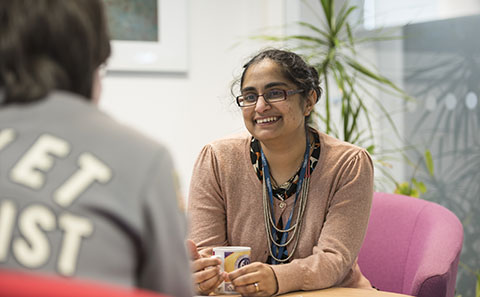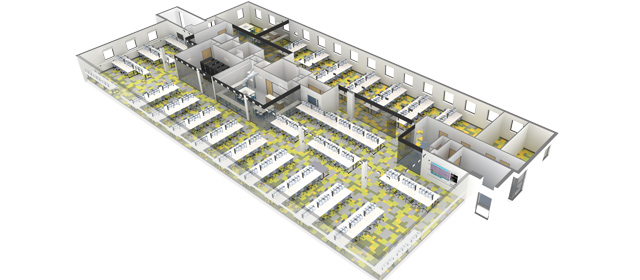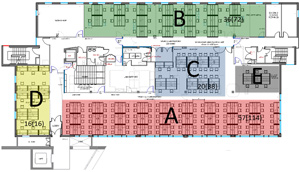
Contact us
Contact Reena Pau, Outreach Coordinator
Joyce Lewis, Senior Fellow for Partnerships and Business Development, talks about the high profile careers and employability support that ECS students can benefit from through the Careers Hub.
Careers Hub
Contact Reena Pau, Outreach Coordinator



Keep up to date with ECS Outreach Activities